The links below will take you to information about each of Monmouthshire’s dragonfly species, including the latest distribution maps produced by the county atlas project.
Emerald Damselfly (Lestes sponsa)
Banded Demoiselle (Calopteryx splendens)
Beautiful Demoiselle (Calopteryx virgo)
White-legged Damselfly (Platycnemis pennipes)
Azure Damselfly (Coenagrion puella)
Variable Damselfly (Coenagrion pulchellum)
Common Blue Damselfly (Enallagma cyathigerum)
Red-eyed Damselfly (Erythromma najas)
Small Red-eyed Damselfly (Erythromma viridulum)
Blue-tailed Damselfly (Ischnura elegans)
Scarce Blue-tailed Damselfly (Ischnura pumilio)
Large Red Damselfly (Pyrrhosoma nymphula)
Southern Migrant Hawker (Aeshna affinis)
Southern Hawker (Aeshna cyanea)
Brown Hawker (Aeshna grandis)
Common Hawker (Aeshna juncea)
Migrant Hawker (Aeshna mixta)
Vagrant Emperor (Anax ephippiger)
Emperor Dragonfly (Anax imperator)
Lesser Emperor (Anax parthenope)
Hairy Dragonfly (Brachytron pratense)
Common Clubtail (Gomphus vulgatissimus)
Golden-ringed Dragonfly (Cordulegaster boltonii)
Broad-bodied Chaser (Libellula depressa)
Four-spotted Chaser (Libellula quadrimaculata)
Black-tailed Skimmer (Orthetrum cancellatum)
Keeled Skimmer (Orthetrum coerulescens)
Black Darter (Sympetrum danae)
Yellow-winged Darter (Sympetrum flaveolum)
Red-veined Darter (Sympetrum fonscolombii)
Ruddy Darter (Sympetrum sanguineum)
Common Darter (Sympetrum striolatum)
Image: Male Emerald-Damselfly by Simon Mackie
